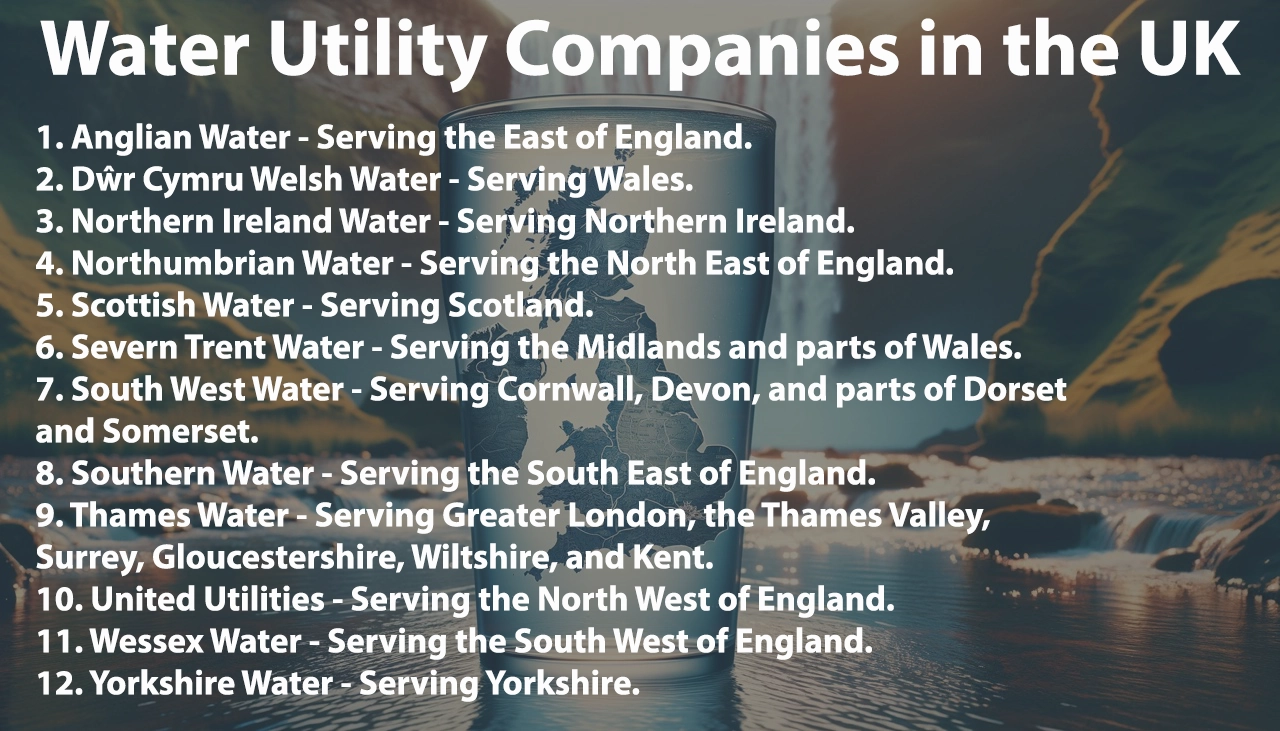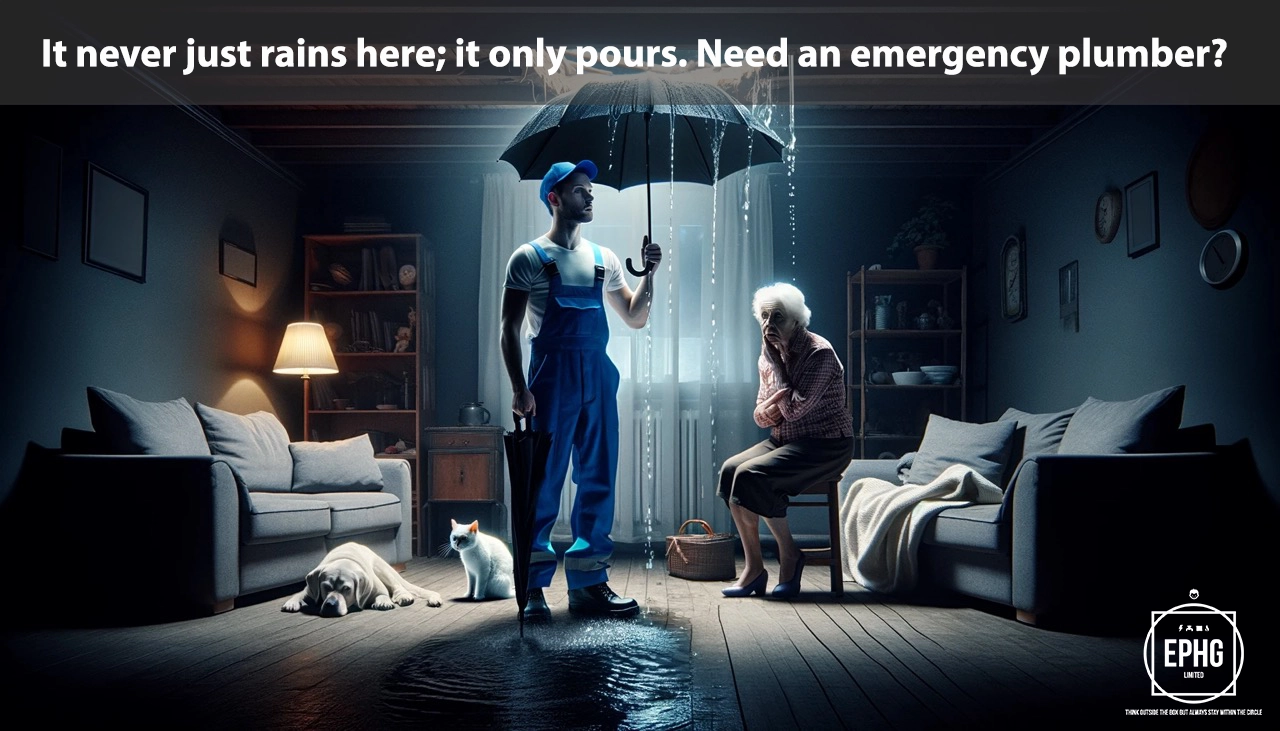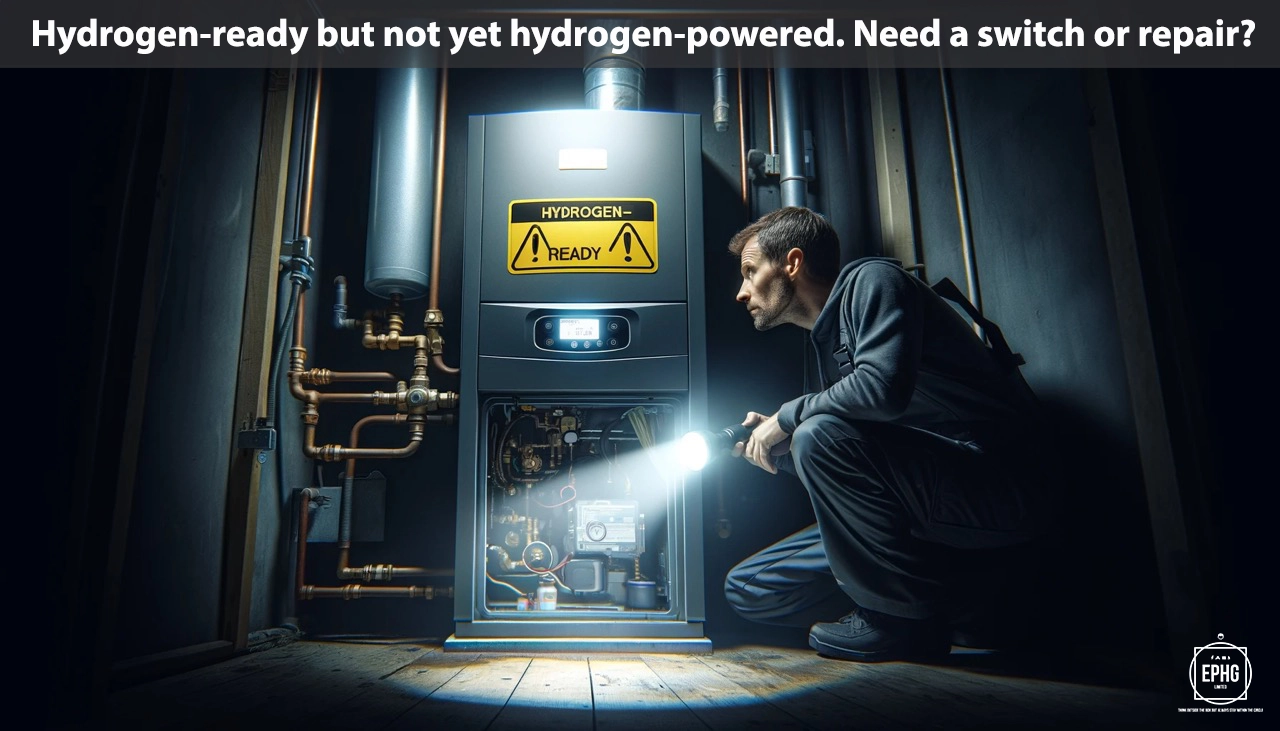
ST Postcodes for Utilities & Services in Stoke-on-Trent
Introduction: Spanning Stoke-on-Trent and surrounding areas, the ST postcode region is an essential hub for utilities and services in Staffordshire. This guide provides insights into the water & electric utilities, along with other valuable information for residents and businesses.
Water in Stoke-on-Trent
Where does the water supply come from in Stoke-on-Trent and is there ever a shortage of water?
In Stoke-on-Trent, the water supply primarily depends on the River Trent, known for supporting the region with a consistent flow of water. Additional sources include smaller rivers and streams, such as the River Churnet, which further contribute to the area's water supply. The region benefits from modern treatment facilities that ensure water safety and quality before it reaches consumers. Despite the reliable water provision, Stoke-on-Trent faces challenges such as population growth and climate variability, which may affect water resources. However, there have been minimal instances of acute water shortage, thanks to efficient water management practices and infrastructure resilience. Local authorities and water companies encourage sustainable water use among residents to preserve this vital resource for future generations.
What is the hardness & quality of the water in Stoke-on-Trent and can this affect your health?
Water in Stoke-on-Trent is moderately hard, primarily due to the geological composition of the area it flows through. The presence of minerals like calcium and magnesium in the water contributes to its hardness. While hard water can lead to scaling in pipes and appliances, it is not harmful to health. In fact, the minerals found in hard water can be beneficial, providing essential nutrients. The water quality in Stoke-on-Trent is rigorously monitored and treated to meet stringent safety standards, ensuring it is safe for all domestic and commercial uses. Residents can use water confidently, knowing it undergoes comprehensive testing for contaminants and pollutants. While some individuals may prefer the taste and feel of softer water, the hard water in Stoke-on-Trent is a minor adjustment and poses no significant health risks.
Electricity in Stoke-on-Trent
Where does the electric supply come from in Stoke-on-Trent and what is the future of energy there?
Electricity in Stoke-on-Trent is supplied through a diverse mix of sources, balancing between traditional fossil fuels and an expanding share of renewable energy. The area has witnessed a growing reliance on renewable resources, such as solar farms and wind turbines situated around Staffordshire, to meet its energy demands. Stoke-on-Trent is embracing energy from waste plants, converting non-recyclable waste into electricity and heat, thereby reducing landfill use and generating power in a more environmentally friendly manner. The city is also exploring the potential for geothermal energy, leveraging its unique geological features. The future energy landscape in Stoke-on-Trent focuses on sustainability, aiming to increase the proportion of energy derived from renewables and reduce carbon emissions. Investments in renewable energy projects and innovations in energy efficiency are pivotal to the city's strategy, positioning Stoke-on-Trent as a model for sustainable urban energy in the UK.
When is hydrogen coming to gas boilers in Stoke-on-Trent?
Stoke-on-Trent is closely aligned with national efforts to incorporate hydrogen as a cleaner energy source for heating homes. While specific timelines for transitioning gas boilers to hydrogen in Stoke-on-Trent are contingent on broader UK policy and pilot project outcomes, the city is keen on adopting this technology. The shift towards hydrogen heating is expected to commence with pilot areas before a wider rollout, adhering to the UK's target for carbon neutrality by 2050. Residents can look forward to updates from local authorities and utility providers on when and how these changes will be implemented. It's advised to ensure that current heating systems are well-maintained, with local services ready to support through this transition towards more sustainable energy solutions.
Where Does the Wastewater Go in Stoke-on-Trent
Wastewater management in Stoke-on-Trent involves sophisticated collection and treatment processes to protect public health and the environment. The city's wastewater is directed to treatment facilities, such as the Strongford Wastewater Treatment Works, where it undergoes rigorous cleaning to remove contaminants. These facilities utilize advanced biological and chemical treatment methods to ensure the water meets high environmental standards before being returned to the River Trent. This cycle of collection, treatment, and release underscores Stoke-on-Trent's commitment to sustainability and environmental stewardship, highlighting efforts to safeguard local waterways and the broader ecosystem.
Regions and Services:
The ST postcode area showcases a rich tapestry of landscapes, from the bustling urban center of Stoke-on-Trent to the serene countryside of Staffordshire. Notable areas within the postcode include:
- Stoke-on-Trent City: A hub for energy innovation and sustainability efforts, with a strong focus on transitioning to renewable energy sources.
- Stafford, Newcastle-under-Lyme, and Leek: Towns that blend historical charm with contemporary utility solutions, catering to diverse residential and commercial needs.
- Uttoxeter, Stone, and Cheadle: Communities where green energy initiatives are growing, reflecting a commitment to environmental stewardship alongside maintaining essential services.

Regions within the ST Postcode
Stoke-on-Trent and Surrounding Areas
- ST1: Hanley (City Centre), Cobridge, Sneyd Green - Known for the city center, cultural venues, and urban living.
- ST2: Bentilee, Bucknall - Residential areas with local amenities and community services.
- ST3: Longton, Meir, Blurton, Weston Coyney - Suburban areas with parks, shops, and residential streets.
- ST4: Stoke, Trent Vale, Penkhull - Areas close to the university, with a mix of residential and academic facilities.
- ST5: Newcastle-under-Lyme, Keele, Chesterton, Knutton - Including the town center, university campus, and residential areas.
- ST6: Burslem, Tunstall, Smallthorne, Brown Edge - Historical areas known for their pottery industry heritage.
- ST7: Kidsgrove, Talke, Talke Pits, Alsager, Mow Cop - Combining rural and urban living with community focus.
- ST8: Biddulph, Biddulph Moor, Gillow Heath - Areas known for their natural beauty and local history.
Staffordshire Moorlands and Surrounding Regions
- ST9: Werrington, Wetley Rocks, Endon - Villages known for their countryside setting and community spirit.
- ST10: Cheadle, Alton, Upper Tean, Draycott in the Moors, Forsbrook - Areas near Alton Towers and beautiful rural landscapes.
- ST11: Blythe Bridge, Caverswall, Forsbrook - Suburban and rural mix with local amenities and community feel.
- ST12: Barlaston, Trentham - Known for Trentham Gardens, pottery heritage, and residential areas.
- ST13: Leek - Market town known for its historic buildings, local businesses, and community events.
- ST14: Uttoxeter, Bramshall, Stramshall - Town and surrounding areas known for racing and local history.
- ST15: Stone, Walton - Historic town and surrounding areas known for their charm and community activities.
- ST16: Stafford, Castletown, Forebridge - The county town with a mix of urban living, history, and parks.
- ST17: Stafford, Baswich, Highfields, Weeping Cross - Suburban areas with residential communities and local amenities.
- ST18: Stafford, Eccleshall, Rodbaston - Combining rural beauty with historic towns and community living.
- ST19: Penkridge, Acton Trussell, Dunston, Coppenhall - Villages known for their rural charm and community focus.
- ST20: Gnosall, Haughton, Church Eaton, Bradley - Rural areas with scenic landscapes and vibrant communities.
- ST21: Eccleshall, Loggerheads, Broughton - Characterized by their rural settings, historic sites, and community events.




